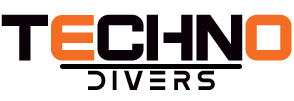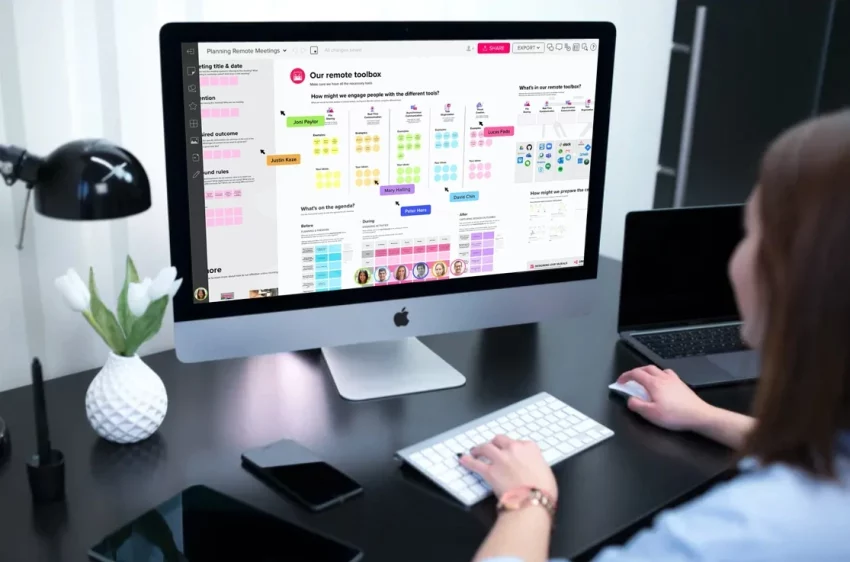In the previous 10 years, we have seen an enormous take-up in the speed of mechanical headways and our assumptions have gone up too. We update our mobile phones consistently or two to embrace the most current, quickest model. The PCs and TVs you purchase today are miles in front of the forefront of tech simply 10 years prior.
We’ve come to take this speed of progress and development for conceded in our own innovation — so for what reason do we tolerate obsolete, manual, awkward and wasteful innovation at work, where setting aside time implies making cash, and where bridling further developed innovation isn’t just about accommodation yet additionally winning against our opposition?
The miserable truth is that most business innovation keeps on falling behind, by and large seeing almost no advancement since accounting sheets, email and data sets helped business efficiency during the ’90s. However we are constantly expected to be associated with our work and perform at a quicker pace, we haven’t requested our work environment devices be quicker, more intelligent and more mechanized similarly we expect our cell phones to be.
Fortunately innovation exists that can wipe out superfluous undertakings, support efficiency, save time and smooth out our most-normal business errands. Here’s where you ought to expect the innovation you’re utilizing today to assist with making you more beneficial and useful:
1. Information passage
Innovation was intended to improve on our lives, however the filthy mystery is that information passage implies we’ve really made extra work. We are supposed to keep the client blissful while additionally reporting that work in our timesheets, CRM data sets, project the executives devices and the rest. Doing this physically, in different spots, is insane.
At the point when the experience is so monotonous, it turns into a snag for workers and motivation to linger — yet it doesn’t need to be like this. Present day business innovation, fueled by the cloud, can computerize timesheet section by interfacing with your inbox, schedule and cell phone. You can consequently make new leads and contacts in the CRM, update project progress and that’s only the tip of the iceberg, by simply utilizing email the manner in which you as of now do. This is clearly a lot simpler and time is saved. All the more significantly, the information will be more precise in light of the fact that it doesn’t depend on your labor force to be wonderful information trackers on top of their different obligations.
2. Project spending plans
The progress of any expert administrations business relies totally upon overseeing client projects and their spending plans. Whether we bill constantly or on a decent cost premise, our expenses are constantly founded on the time our kin spend accomplishing the work, so it’s essential that we track and plan for each hour spent on client work.
Studies have shown that assuming tasks go over spending plan by only 10%, organizations endure a shot of 19.5 percent on their net revenues. Yet, exact planning relies upon keeping great records of time spent on tasks, and that in itself can time consume. One method for keeping things on target without burning through your representatives’ time is to interface timesheets to project financial plans. This permits you to quickly see when an undertaking is gaining out of influence and make the strides important to get control it over. You might in fact make this one stride further and set up alarms to tell project administrators when they are approaching task achievements or estimate when they will go over financial plan.
3. Clients and contacts
We connect with new clients, colleagues and prospects consistently and monitoring our correspondence and their contact data can be extreme. You would think at this point it would be a breeze to in a flash hold client contact data and offer it across groups, however tragically, this isn’t true. Far and away more terrible is adding new clients to your CRM, charging frameworks or Viewpoint address book.
Fortunately, you can now keep an ongoing client address book across stages (counting charging, email, cell phone and CRM) that is halfway accessible and pulls in new contacts in light of who you much of the time email. Not exclusively will your contacts be more exact and modern, however you will as of now not sit around idly searching for anybody’s data or physically contributing it at any point in the future.
4. Client correspondence
We as a whole know the disappointment of attempting to remain in the know on client correspondence. Different colleagues are all in touch with the client and seldom is the CRM totally refreshed. Then the most obviously terrible consistently appears to occur — your collaborator is out of the workplace and you frantically need a client update. In light of something as basic as a wiped out partner, you are left totally in obscurity.
Most workers don’t enter everything about client association into the CRM. All things considered, what you truly need is in many cases simply admittance to a partner’s email to get the data you want. Fortunately, present day cloud-based business programming can follow all messages to a client and store them in a focal area open to any colleague. This should be possible without outrageous commitment to contributing information into your CRM or leaving your ongoing email framework. At the point when you robotize client correspondence, your whole relationship is halfway accessible and your group can without much of a stretch stay in the know to give the most ideal client experience.
5. Deals follow-up
There is by all accounts around at least 100 stages important to settle a negotiation. At the point when you begin to robotize your information section, you likewise gain the capacity to computerize portions of your subsequent interaction. A few errands can be mechanized, for example, messaging a possibility to check in the event that you haven’t spoken in seven days, making an update task a couple of days after you sent a statement, or sending an email to your outreach group requesting a possibility’s ongoing status. Eventually, you focus closer on possibilities and dispose of the irritating inclination that you’ve failed to remember a client in your subsequent rundown.

